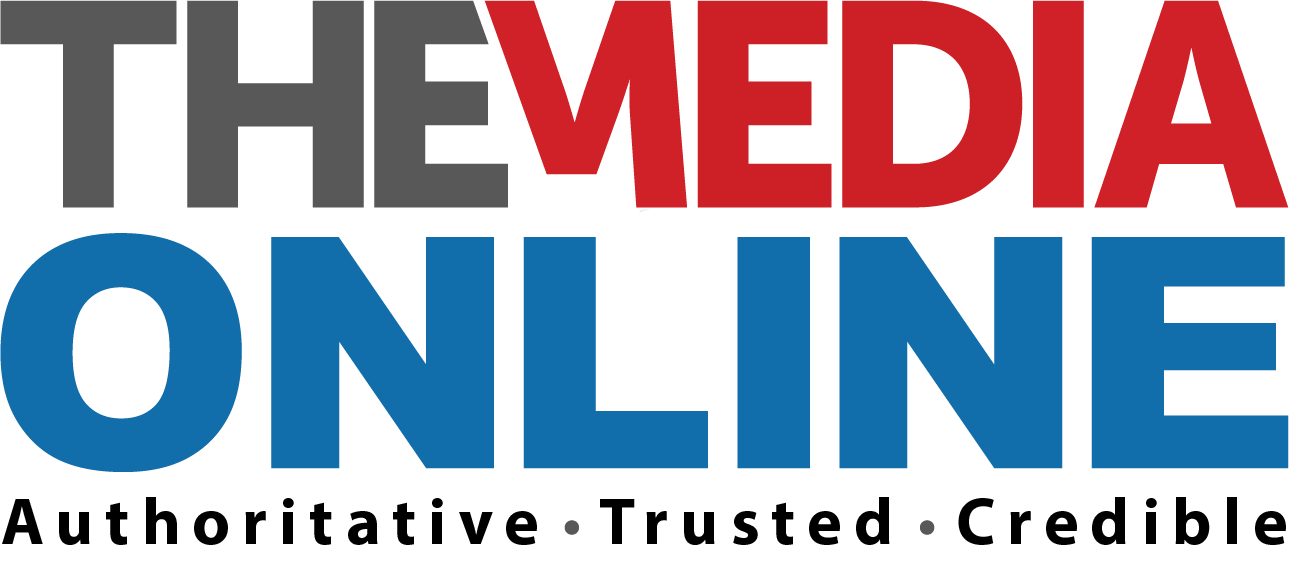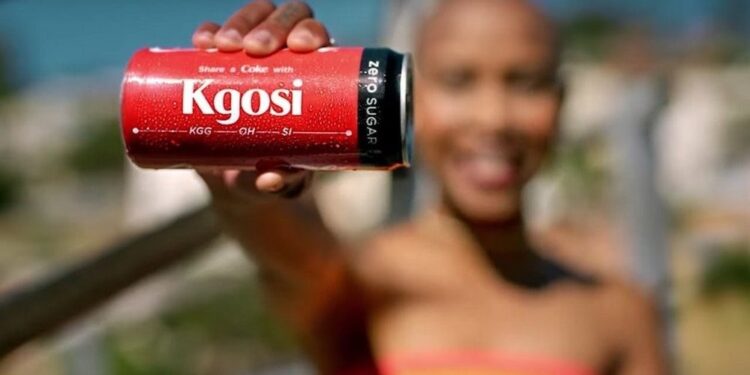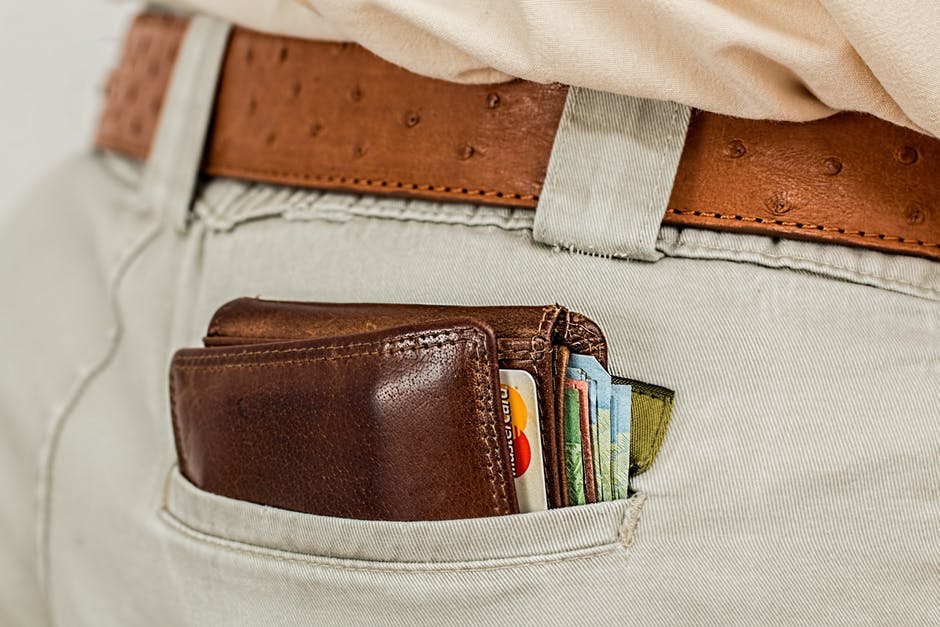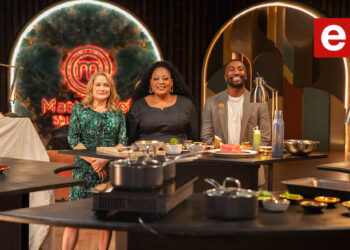South Africa isn’t one audience with the same tastes and tick boxes, but millions of people with different ways of talking, living and seeing the world. We have 11 official languages, dozens of cultures and a history that still shapes the way we see each other today.
If you’re hoping to win people over, you can forget a copy-paste approach. Simply swapping ‘color’ for ‘colour’ doesn’t work here.
You need to listen, adapt and share your story in ways that feel familiar, whether that’s landing your message on a local podcast, working with trusted community voices or showing up in the neighbourhoods where conversations actually happen.
And let’s not forget that our population is young – the youngest in the world, in fact. We’re scrolling Instagram and TikTok all day, chatting with our kids and each other on Snapchat but we’re also showing up for family braais or hanging out wherever there’s Wi-Fi and good company. We’re urban and rural, high-tech and word-of-mouth all at the same time.
Sandton to Soweto
What does this mean for brands? It means you have to do more than plaster a clever slogan onto a billboard or send out a localised release and hope for the best. Tailor your messages for local media and build genuine relationships with journalists and influencers who understand their communities and speak in ways that make sense here.
Make sure you can back up your words with action on the ground, in our languages and in our neighbourhoods – the places where people gather and talk. You need to understand that what works in Sandton might flop in Soweto.
Take Coca-Cola’s “Share a Coke” campaign. The first time we saw it here was in 2014, and it was a hit. Why? Because they didn’t just stick with the standard global names, but instead learned our nicknames and local quirks that made us smile.
Up a notch
Now in 2025 they’ve taken it up a notch. They’ve combed through name registries, tapped into social media slang and asked locals what really matters. They’re not just slapping out a campaign either, but supporting it with localised PR, pop-up activations, community partnerships and stories that feel personal. Over 300 names plus pop-ups where you can customise your own can? Love it.
When you see your name or, even better, your nickname on a can of Coke, it’s more than just a drink. It’s a small moment of feeling recognised in a way that feels truly South African.
Too many brands still talk at people, but the ones that stick find ways to show they understand our slang, our sense of humour and the little things that make us feel like we belong.
There are many other brands also getting it right here. SPAR, for example sponsors netball tournaments, fun runs and community events in places where big-brand billboards don’t even bother to go.
They’re having real conversations with local media, community groups and customers, and chatting to your aunty while she’s handing out oranges at the finish line. That kind of community presence backed by authentic PR sticks with people long after the race is done.
Beyond cut-and-paste
And while SPAR may not be my go-to grocery store, because well, Checkers… they’re the one I look for when we pass through small towns because they’ve been part of those main streets for generations. They just get what it means to show up where people really live.
So, what’s the secret? It’s not rocket science. Listen more than you talk. Trust your local comms partners. Build real relationships with journalists. Use words people actually use, not marketing jargon. Partner with people locals already trust, whether it’s a community radio DJ, a high school soccer coach or a micro-influencer next door.
Tuning into the local heartbeat shouldn’t be an afterthought, but should sit at the heart of your strategy. When brands stop treating us like a cut-and-paste market and invest in PR that feels local, people notice and they remember.
Nicky James is managing director at Tribeca Public Relations.














